Method Validation for Determination of Chloramphenicol in Urine Using Molecularly Imprinted Polymer (MIP) SPE
Rejtharová Martina, Rejthar Libor
Institute for State Control of Veterinary Biologicals and Medicaments, Hudcova 56a, CZ 621 00 Brno, Czech Republic
Summary
The method for determination of low concentrations of chloramphenicol in bovine and porcine urine was developed. Sample cleanup was performed by Molecular Imprinted Polymer (MIP) columns. Confirmatory analyses were conducted using GC/MS-NCI after derivatisation (silylation). The described method was fully validated according to CD 2002/657/EC, CCa was 0.06 ng/mL, CCb was 0.1 ng/mL. This method is considerably robust and allows to process even very dirty samples. The described procedure is very simple, low-time-consuming, provides high throughput of examinated samples, and could be used for routine screening and confirmatory analyses as well.
Introduction
Chloramphenicol (CAP) is a broad-spectrum antibiotic. Because chloramphenicol has displayed significant toxicological effects on humans, its use was banned in food production in European Community and some other countries. A range of analytical methods has been developed for the determination of CAP in finished foods and food raw materials. The monitoring of illegal use of CAP at food producing animals during their live can be conducted by determination of CAP in urine samples. All confirmatory methods consist of some clean-up procedure and GC/MS or LC/MS detection.
Because of variation in the composition of urine samples of individual animals, the development of a reliable method can be challenging. Some extracts from clean-up procedures of very dirty and concentrated urine samples using conventional SPE columns may not be clean enough for chromatographic analyses. A new type of SPE technology has been developed on the basis of molecularly imprinted polymers (MIP) for the targeted extraction of CAP. An older procedure used in our laboratory applied C18 SPE columns with the same detection by GC-MS/NCI after derivitisation by silylation.
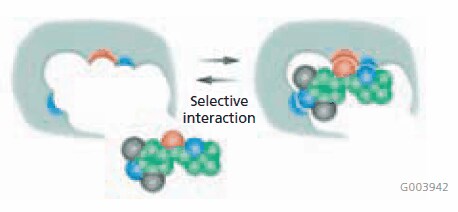
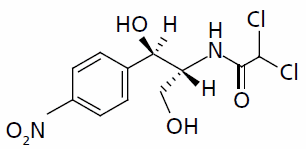
Chloraphenicol Structure
Materials and Methods
MIP columns were SupelMIP SPE – Chloramphenicol, (Product No. 53210-U). Samples of urine were collected from different animal species (pig, cow, goat, sheep) from standard commercial breeding.
Internal standard (deuterated CAP) was added at the concentration of 2 ng/mL (10 ng/mL respectively) to each sample. Samples were eventually fortified with CAP standard solution to achieve different concentration levels for calibration measurement and determination of different validation parameters. Deconjugation was performed by b-Glucuronidase/aryl sulfatase overnight at room temperature after pH adjusting to 5.2. After deconjugation pH was set to 7.0.
Results and Discussion
Blank urine samples were fortified at concentration levels A) 0.0, 0.2, 0.5, 1.0, 2.0 and 5.0 ng/mL or for higher concentration at B) 0, 2, 5, 10, 20, 50 ng/mL, respectively. Internal standard concentration was 2 ng/mL or 10 ng/mL, respectively. The results are plotted in Figures 1 and 2.

Figure 1. Calibration curve for concentration range A) 0–5 ng/mL
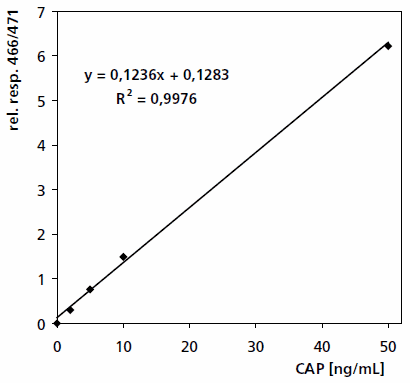
Figure 2. Calibration curve for concentration range B) 0–50 ng/mL
For determination of intra-laboratory reproducibility of blank samples and samples fortified at concentrations 0.2, 0.5, 1.0, 2.0 and 5.0 ng/mL were prepared and measured six times on different days. The results are plotted in Figure 3. Decision limit (CCα) and detection capability (CCβ) were calculated as CCα = 0.06 ng/mL, CCβ = 0.1 ng/mL, respectively.
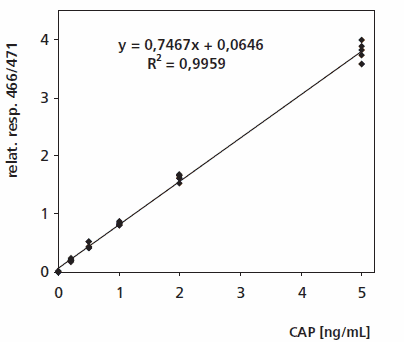
Figure 3. Intra-laboratory reproducibility
A set of 36 samples fortified at concentration level of 0.1 ng/mL was measured for determination of reproducibility at concentration near detection limit and under MRPL for CAP (Figure 4). The mean determined concentration was c = 0.111 ng/mL (SD = 0.013 and RSD = 12 %).
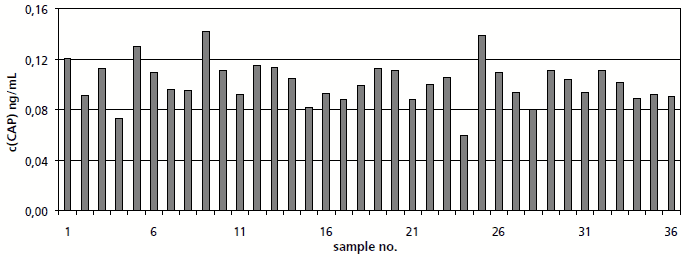
Figure 4. SupelMIP Reproducibility at concentration level 0.1 ng/mL
Conclusions
The described method for the determination of CAP in samples of urine using MIP columns clean-up procedure appears to be simple and robust alternative for common sample preparation. The MIP clean-up procedure gives cleaner extract for GC analyses with lower interferences from matrix or the deconjugation with glucuronidase. Sensitivity of determination is sufficient for given purpose, CCα is about five times lower than MRPL (see CD 2003/181/EC). In connection with GC/MS-NCI measurement it allows to achieve low limits of determination (CCα was 0.06 ng/mL, CCβ was 0.1 ng/mL), which offer a possibility to trace the illegal use of CAP for live animals in breeding within the scope of National plan of monitoring. The method is fully validated according to the requirements of CD 2002/657/EC.
References
To continue reading please sign in or create an account.
Don't Have An Account?